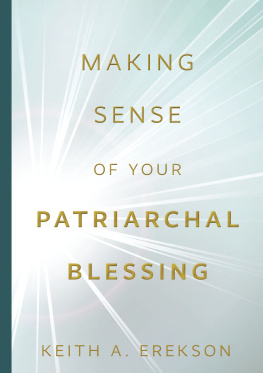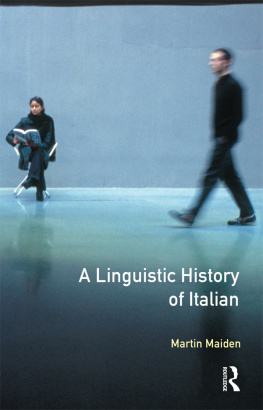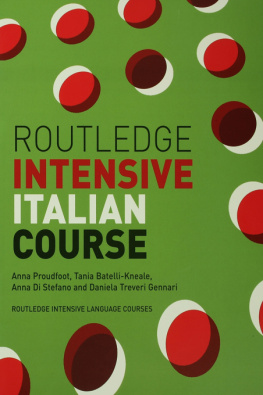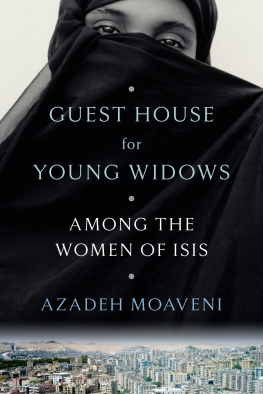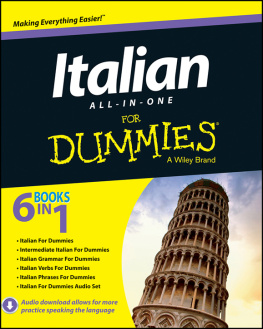First published 2001 by Ashgate Publishing
Reissued 2019 by Routledge
2 Park Square, Milton Park, Abingdon, Oxon, OX14 4RN
52 Vanderbilt Avenue, New York, NY 10017
Routledge is an imprint of the Taylor & Francis Group, an informa business
Copyright Azadeh Medaglia 2001
All rights reserved. No part of this book may be reprinted or reproduced or utilised in any form or by any electronic, mechanical, or other means, now known or hereafter invented, including photocopying and recording, or in any information storage or retrieval system, without permission in writing from the publishers.
Notice:
Product or corporate names may be trademarks or registered trademarks, and are used only for identification and explanation without intent to infringe.
Publishers Note
The publisher has gone to great lengths to ensure the quality of this reprint but points out that some imperfections in the original copies may be apparent.
Disclaimer
The publisher has made every effort to trace copyright holders and welcomes correspondence from those they have been unable to contact.
A Library of Congress record exists under LC control number:
ISBN 13: 978-1-138-71105-1 (hbk)
ISBN 13: 978-1-315-19996-2 (ebk)
I would like to thank Professor Sylvia Walby, Phyllis Sellick OBE, Professor Fereydoun Adamiat, Sen J. Hawkes, Andri Soteri, Yassamine Mather, Dr. Yik-Koon Teh and Farideh Sajjadi. Without their guidance and support, this book would not have been possible.
Since the 1980s, much interest has been shown in such disciplines as sociology, anthropology and history in Italy and in Italian Diaspora communities throughout the industrialized world. This book focuses on the forms and specificities of gender relations within the Italian community in Britain.
Italian migration to Britain started over 150 years ago and the present population consists of approximately 220,000 people, spread geographically across the country. The patriarchal traditions and belief systems that Italian migrants brought over with them from Italian village communities were rigid and strongly held. However, life in modern British towns has posed new challenges and led to some major adaptations.
Italians constitute an ethnic group although they are European, white and Christian. Their ethnicity is signified by their use of Italian language, their social customs and their religion (Roman Catholicism). They are now quite integrated but little assimilated into British society. In other words, they fully participate in most aspects of British social life, while retaining strong ethnic particularities and solid attachments to their mother country and its culture; at the same time, they remain on the margins of decision making at the national level. As a non-racialized ethnic group, they do not share the sometimes traumatic experiences of black or non-Christian ethnic groups.
This book highlights the debates on theorizing patriarchy and on changes in gender relations in the Italian community. These changes identify: the way in which women have adapted to their new social, cultural and economic environment; their role in the integration of the family; their position within the household as dictated by the Italian culture; the impact of paid employment on their role within the reproductive sphere; their changing subjectivities; the stumbling blocks on their path to integration; their conflicts, differences and similarities with their second and third-generation daughters.
Walby (1990) studies and compares changes in the form and degree of patriarchy in Britain in the 19th and 20th centuries through examining the six patriarchal structures of paid employment, household production, culture, sexuality, violence and the state. She distinguishes between private and public patriarchy and identifies the structures of employment and the state as the main sites of womens oppression in the 20th century. Due to the multi-cultural nature of British society, the aforementioned theory cannot be universal. This book tests Walbys theory against the Italian community in Britain. The theoretical application aims at determining the specificities, the form and the degree of patriarchy within the six structures, the balance between the structures, their different modes of interaction and inter-structural causal relations.
Italian women are not confined to the household any more; the majority are in full-time paid employment, equally divided between the mainstream and ethnic job markets. However, most are still segregated into less qualified, low remunerated jobs. They are still burdened with the double shift, i.e. both paid employment and household chores. Their sexuality is influenced and regulated by the Italian Catholic Church which assumes both pastoral and socio-cultural roles within the community. The impact of Italian education and media on gender relations is marginal; this is because Italian children use the British educational system and Italians as a whole are mainly exposed to British media. Ethnic Italians have a particular relationship with the British and Italian states: they live in Britain and benefit from the whole range of social services offered by the British State. Yet, the overwhelming majority feel primarily Italian as opposed to British, they have Italian citizenship and expect the Italian State to make regular contributions in order to improve Italian cultural and educational facilities within the Diaspora communities. Due to the reluctance of the interviewees to discuss the subject and lack of adequate secondary data it has proved difficult to assess the extent of domestic violence within the Italian community.
The structure of sexuality is the main site of patriarchy within the Italian Diaspora, and public and private patriarchy co-exist throughout the Italian way of life. Italian immigrants live within both British and Italian structures. Gender relations take on their particular configurations and mutate according to the Italians ease of movement within these different social institutions. Religion and its interplay with ethnicity play a crucial role in regulating Italian gender relations and way of life.
The Way of Life is defined as the ensemble of distinguishable social, familial and sexual customs i.e. ideas and behaviour shaped by cultural and religious beliefs over an extended period of time and preserved within the institution of the family. The Italian way of life encompasses ethnic Italian attitudes and subjectivities about appropriate gender roles and representation. It is strongly influenced by the importance of the family at the centre of life, a philosophy which has been steadfastly reinforced by the teachings of the Catholic Church throughout the ages. The Church exerts a great influence on the other constituents of the Italian way of life, namely sexuality and household production. The cultural variations of their religious practice set the Italians apart even from the English or Irish Catholics. The Way of Life created at the intersection of the structures of culture, sexuality and household production is independent from the underlying economic structure of society to a significant extent. In an Italian immigrant family, individual interests are merged in the general interest of the family group. It is not unusual for the Italian mother to sacrifice her own life aspirations in order to provide better opportunities for her family. Children adopt deferential filial attitudes and harbour feelings of immense gratitude towards their parents who strive to build a better future for them. The second-generation Italian is more culturally integrated than her/his parents generation, yet






